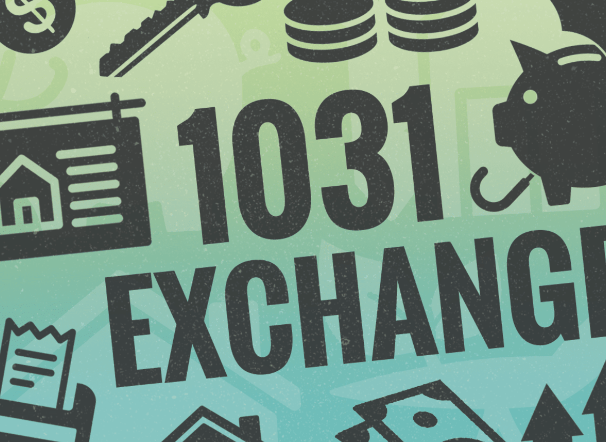
Navigating the intricacies of wealth growth requires strategic planning and a deep understanding of various financial tools. One such tool that savvy investors leverage is the Section 1031 exchange. This comprehensive guide delves into the nuances of Section 1031 exchange strategies, exploring its benefits, process, specialists, and potential pitfalls.
Understanding Section 1031 Exchange
The Section 1031 exchange, a like-kind exchange, allows investors to defer capital gains taxes when selling a property by reinvesting the proceeds into a similar property. This powerful tax-deferral strategy has been a cornerstone of real estate investment for decades, providing investors with a valuable tool for preserving and growing wealth.
Benefits of Section 1031 Exchange
Investors turn to Section 1031 exchanges for various reasons; the benefits are manifold. Not only does it defer capital gains taxes, it also facilitates portfolio diversification, enables equity leverage, and enhances cash flow. This section thoroughly explores these advantages, highlighting the financial gains that can be achieved through the strategic use of Section 1031.
Identifying Like-Kind Properties
Successful navigation of Section 1031 hinges on identifying suitable like-kind properties. This section provides insights into what qualifies as like-kind, the importance of proper identification, and considerations when selecting replacement properties. Through active examples, readers gain a practical understanding of making astute choices in this critical phase of the exchange process.
1031 Exchange Process
A step-by-step breakdown of the Section 1031 exchange process is crucial for investors looking to maximise its benefits. From the initial sale to the acquisition of replacement properties, understanding each step’s timelines, requirements, and intricacies ensures a smooth and successful exchange. This section serves as a guide through the procedural landscape of a 1031 exchange.
1031 Specialists: The Key Players
Navigating the complexities of Section 1031 exchange often requires the expertise of specialists. This section introduces the role of 1031 specialists, explaining how they add value to the exchange process. From legal considerations to financial analysis, these professionals play a pivotal role in executing successful exchanges.
Common Pitfalls and How to Avoid Them
While Section 1031 offers substantial benefits, there are potential pitfalls that investors must be aware of. This section outlines common challenges such as strict timelines, improper identification, and funding issues. Proactive strategies for avoiding these pitfalls are discussed, ensuring investors can confidently navigate the exchange process.
Tax Implications and Considerations
Understanding the tax implications of a Section 1031 exchange is crucial for making informed decisions. This section explores the finer points of taxation, including depreciation recapture, basis adjustment, and potential future tax liabilities. By grasping these considerations, investors can develop comprehensive strategies that align with their financial objectives.
1031 Exchange Alternatives
While Section 1031 is a powerful wealth-building tool, it’s essential to be aware of alternative strategies. This section introduces other tax-deferral options and compares them to Section 1031, providing investors with a broader perspective on wealth management and growth strategies.
Conclusion: Strategic Wealth Growth through Section 1031 Exchange
In conclusion, Section 1031 exchange strategies offer a dynamic avenue for investors to preserve and grow their wealth. By understanding the process, leveraging the expertise of specialists, and navigating potential pitfalls, investors can unlock the full potential of this tax-deferral tool.
FAQs
Q1: How long must I identify replacement properties in a Section 1031 exchange?
A1: The identification period is 45 days from the sale of the relinquished property.
Q2: Can I use Section 1031 for personal property exchanges?
A2: No, Section 1031 applies only to real property, excluding personal property.
Q3: What happens if I miss the 180-day deadline for completing a Section 1031 exchange?
A3: Failure to complete the exchange within 180 days results in the recognition of capital gains tax.
Q4: Are there restrictions on the properties that qualify as like-kind?
A4: Like-kind is broad for real estate, encompassing various property types, but strict rules apply.
Q5: Can I use Section 1031 for international property exchanges?
A5: Generally, Section 1031 applies to properties located within the United States.
